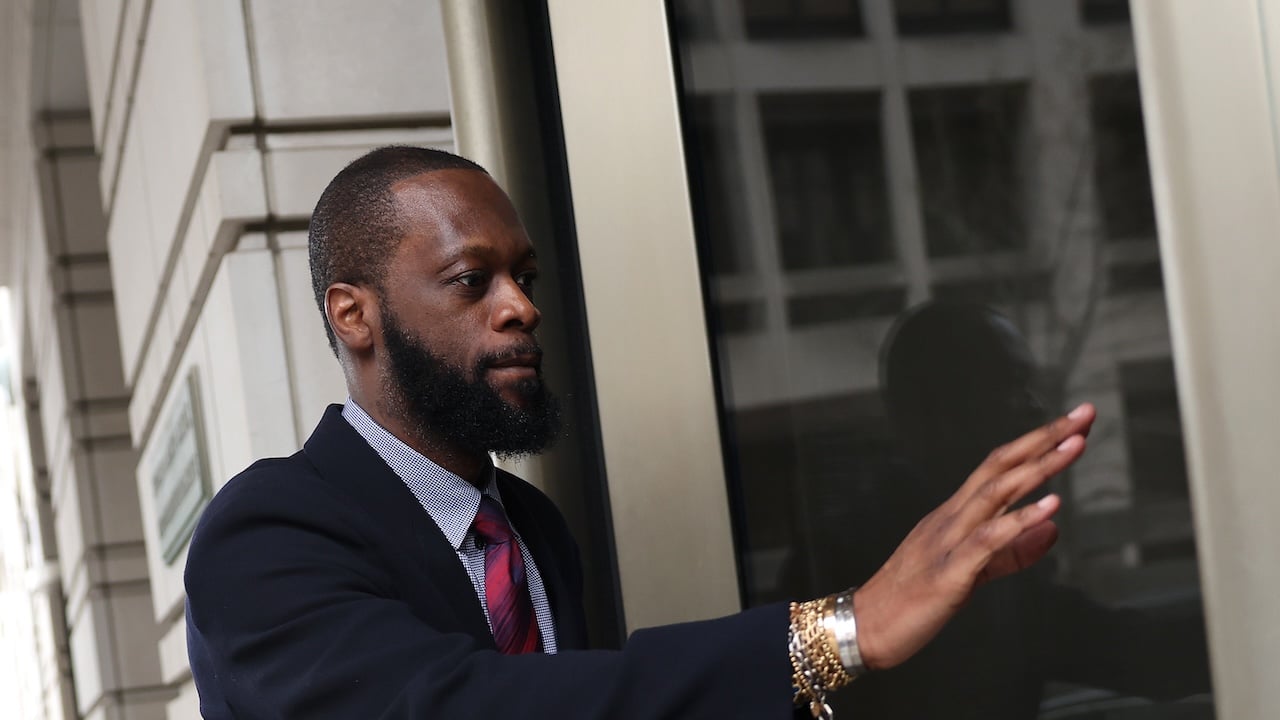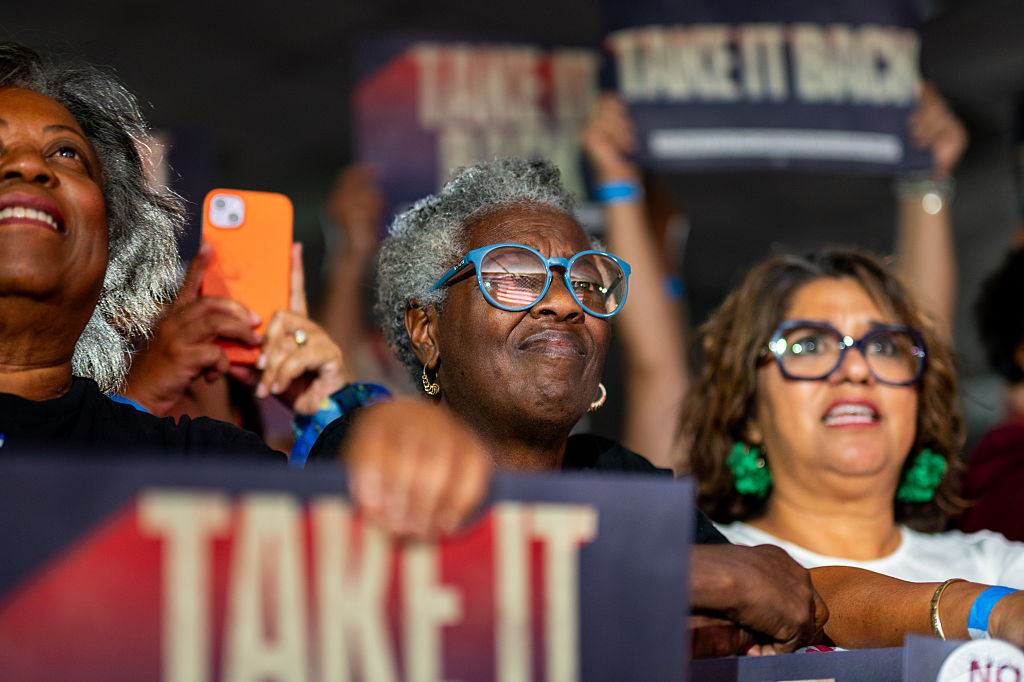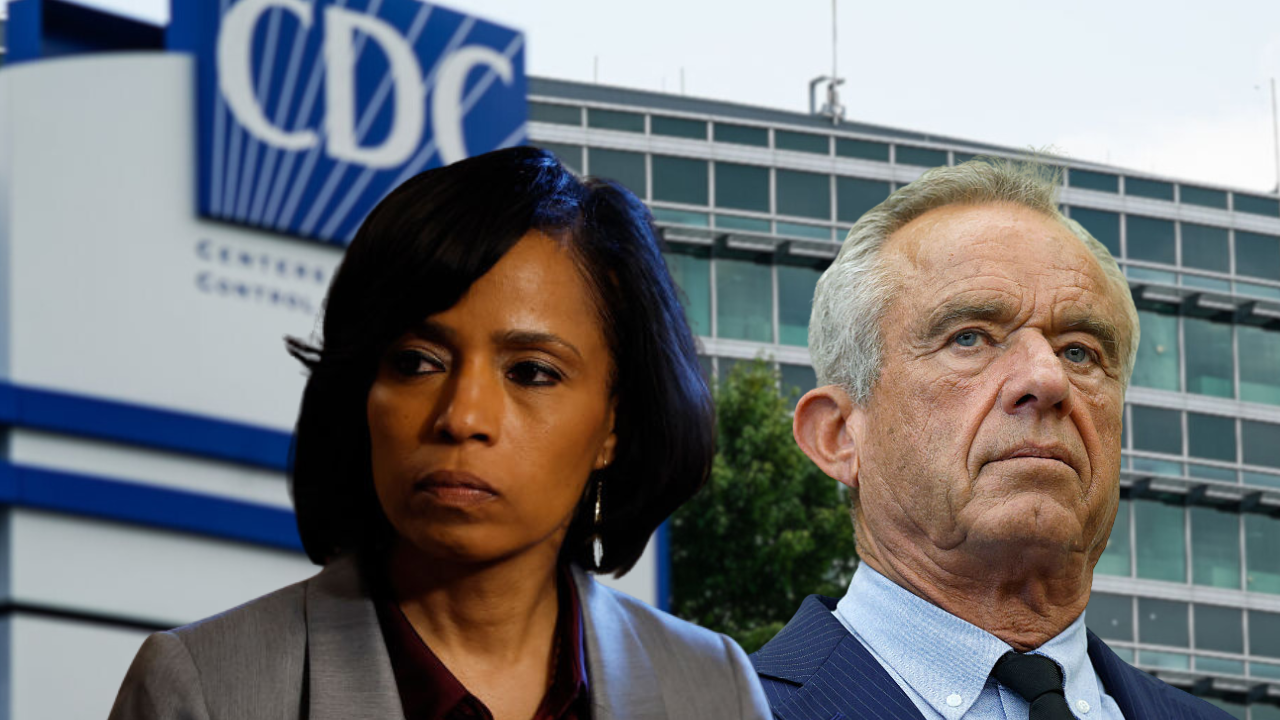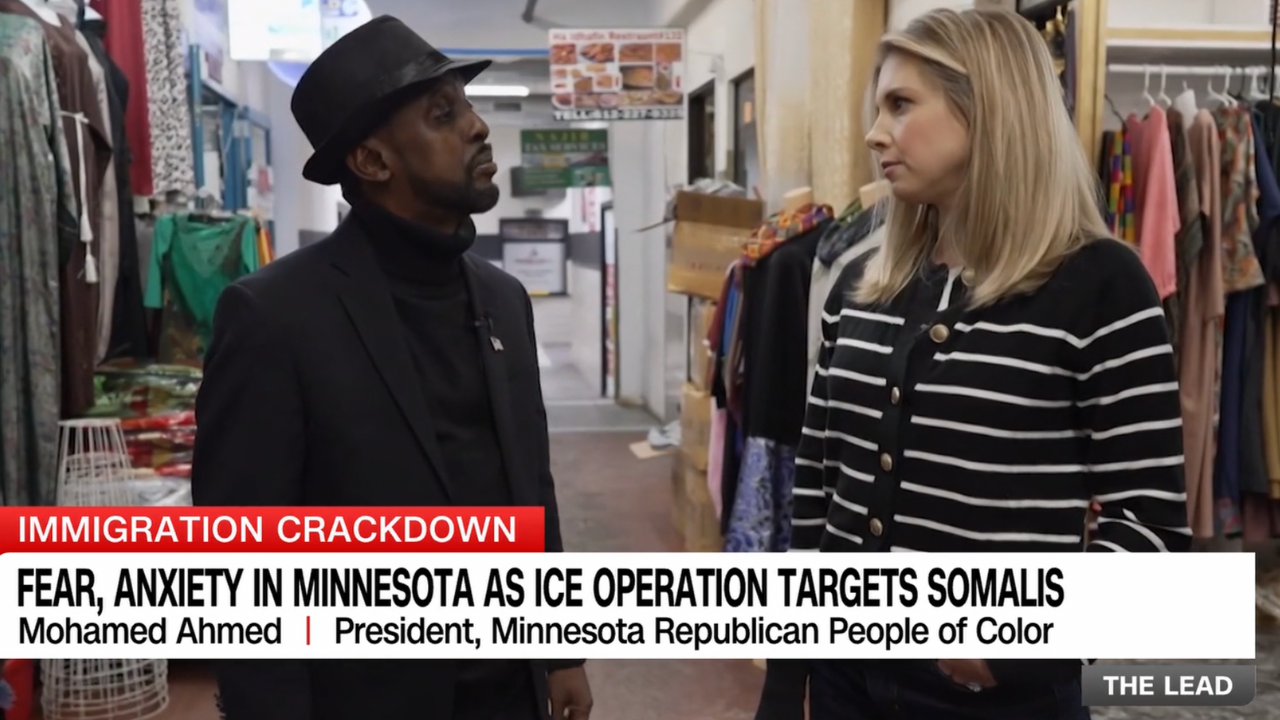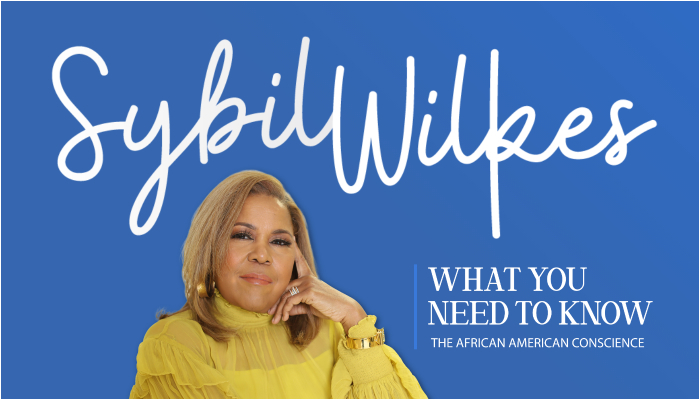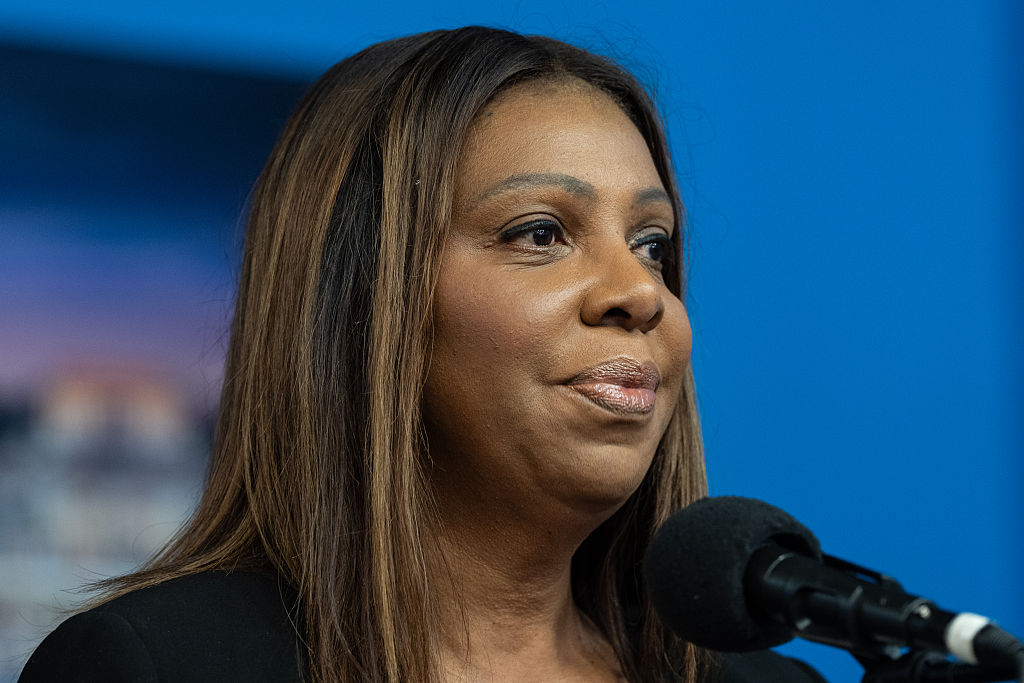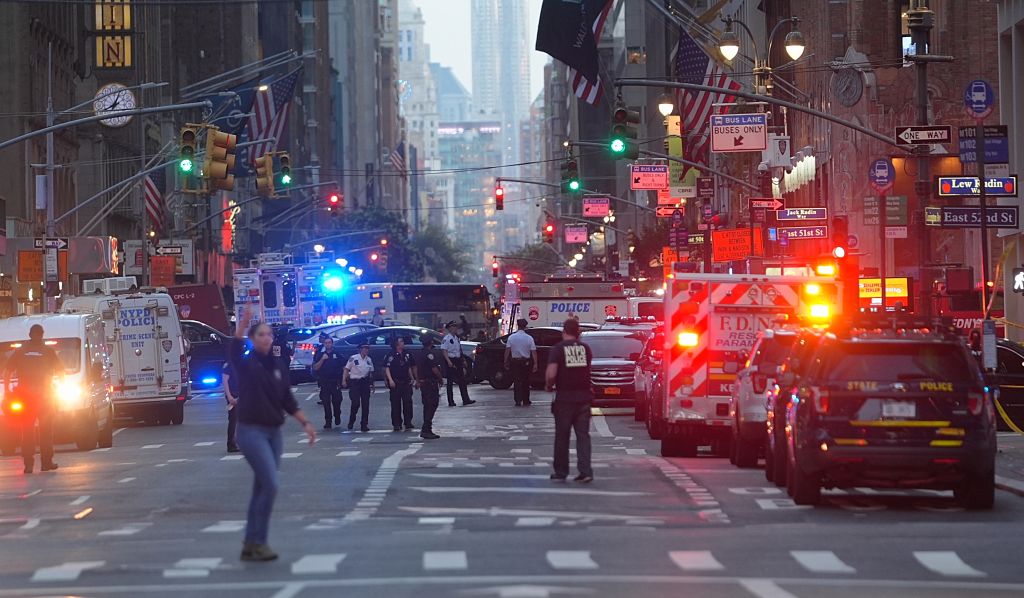Universities Said Black Lives Mattered In 2020. Texas A&M Just Proved They Didn’t Mean It.


This week, the Texas A&M University System exposed itself when it made a move so sweeping and authoritarian that it instantly shattered whatever remained of the myth that American universities are committed to racial justice.
With a unanimous vote, the regents approved a policy requiring every campus president to pre-approve any course that could be “seen as advocating for race or gender ideology or topics related to sexual orientation or gender identity.” These are categories they deliberately defined so vaguely that simply teaching the truth about racism is now considered “shaming” white people.
The policy also stipulates that a single administrator now functions as a checkpoint for what professors are allowed to teach in the classroom. No professor can teach about racism, white supremacy, colonialism, empire, gender identity, LGBTQ communities, contemporary inequality, or racial disparities without executive permission. It is the most sweeping act of academic pre-censorship a major U.S. university system has attempted in generations.
All of this was triggered by an incident involving a student who secretly recorded a professor discussing gender identity in a children’s literature class. That short, context-stripped clip ricocheted through conservative media circles, where outrage merchants turned a routine academic discussion into a manufactured scandal. Politicians performed their outrage, operatives weaponized the moment, and instead of defending academic freedom or standing behind its own faculty, Texas A&M folded and rewrote its entire educational philosophy to appease the loudest extremists in the room.
But this story has deeper origins. It started in 2020 with all the things Texas A&M and many other colleges said, promised, and performed in the wake of George Floyd’s murder. Yesterday’s policy vote exposes just how hollow the so-called “racial reckoning” really was.
Remember the wave of university presidents issuing solemn statements about George Floyd? How about the promises to confront systemic racism, expand anti-bias training, transform hiring, overhaul curricula, and “do the work” of equity? And what about all the administrators we saw kneeling in their starched khakis, the leadership teams holding up “I CAN’T BREATHE” signs, the departments staging die-ins where grown adults lay on yoga mats? Everybody and their ancestor was out here chanting, posting, marching, crying photogenic tears, and promising transformation.
For about eighteen months, higher education spoke the language of justice like it finally meant it. Texas A&M was right there in the chorus, assuring Black students, faculty, and staff that the institution heard them and was committed to change.
Back then, Texas A&M’s leadership was loud. Then-President Michael K. Young issued a solemn public statement declaring that the university “must be actively anti-racist” and could not “stand idle.” Interim President John Junkins wrote that A&M had an obligation to “address inequities, past and present,” and promised structural action. Then-Provost Carol A. Fierke sent campuswide messages urging “courageous conversations” about racism and announced new initiatives to expand DEI work in hiring, curriculum, and campus life. The system’s chancellor at the time, John Sharp, put out his own carefully crafted letter insisting Texas A&M was committed to “creating an environment where all students feel seen, supported, and valued.”
The university created task forces. It greenlit a rash of “conversations,” “dialogues,” and “listening sessions” and panels on confronting racism. It launched working groups on race and equity. It hired consultants and promised to fund more culturally responsive programming. It pledged to diversify faculty and leadership pipelines. For months, Texas A&M insisted it understood the moment, that it recognized the weight of history, and that it was ready to confront racism with moral seriousness.
Welp, fast-forward to now, and look at what remains of all that “courage.”
The same system that claimed it would fight racism is now banning its discussion. The same university that urged “courageous conversations” is now punishing professors who answer student questions honestly. The same leadership that promised “structural change” has instead built a structure to prevent it. The distance between 2020 and 2025 is the distance between rhetoric and reality.
What happened with this regents’ vote wasn’t an abrupt pivot, but rather a revelation that confirmed what Black students, faculty, and staff suspected from the beginning: that 2020 was never a reckoning and a genuine commitment to racial justice. It was a performance of empathy under duress and a PR strategy for weathering racial upheaval. And now, when the pressure is coming from conservative lawmakers, culture-war activists, and political operatives, the mask has dropped completely.
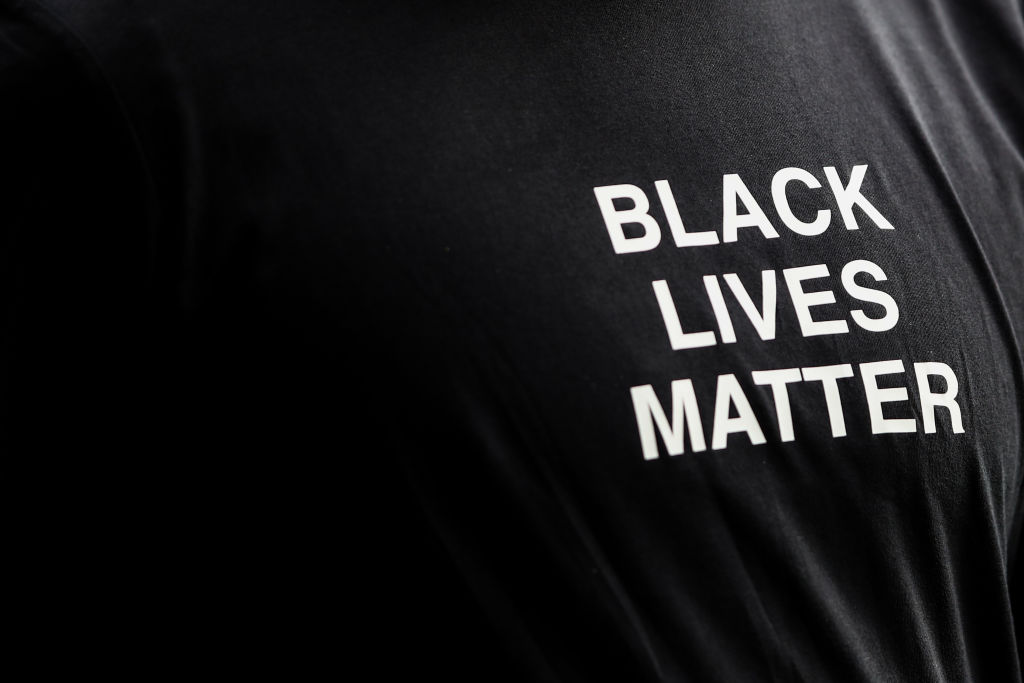
For four years, Republicans have escalated an aggressive campaign against DEI, anti-racism, gender studies, and any framework that names inequality in American life. Rather than defending the principles they claimed to champion, most university systems have chosen silence. They watched book bans expand, faculty get targeted, centers get dismantled, and curricula get scrubbed. They stayed quiet, hoping the storm would pass. And now we’ve reached the point where an entire university system is treating knowledge like contraband and requiring presidential permission slips to teach basic truths.
The regents rushed the vote through with almost no notice. Faculty say they learned about the policy just two days before it passed. There were no town halls, open debates, or meaningful consultations with anyone who actually teaches in these respective fields. It was an ambush wrapped in bureaucratic language and engineered precisely so the people who would be most harmed would have no time to organize resistance.
Behind the vote sits a four-page internal document that most of the public hasn’t seen, and it lays out, with chilling clarity, the full ideological architecture of what Texas A&M just approved. It’s called 08.01 – Civil Rights Protections and Compliance (Revised November 13, 2025), but nothing in it resembles civil rights as anyone understands them. The document redefines DEI as a violation and treats diversity work, anti-racism, gender identity, and LGBTQ inclusion as threats to be contained rather than inequities to be addressed.
The document also rewrites “race ideology” so broadly that any honest instruction about racism, white supremacy, segregation, or racial history can be painted as “activism,” and gives administrators sweeping power to punish faculty for teaching documented facts. It reimagines “gender ideology” in language that effectively erases transgender and nonbinary people on paper, signaling that their identities can only be acknowledged in a classroom if an executive approves it in advance. And then, as if the ideological guardrails weren’t enough, the document bans DEI offices outright, restricts training related to race or gender, and ties university funding to proof of obedience.
What makes this document so chilling is not just what it bans, but what it normalizes. This is a university system quietly rehearsing the mechanics of state-sanctioned silence. It’s the kind of bureaucratic infrastructure that always precedes moral catastrophe. It turns administrators into ideological sentries, professors into suspects, and entire communities into unmentionable categories that can only exist in classrooms if someone in power grants them temporary permission. It reads like the kind of paperwork authoritarian regimes produce when they want to outlaw reality. And the scariest part is how ordinary the language looks and how it sneakily slides in through administrative memos, compliance checklists, and “civil rights” documents that do the exact opposite of what they claim.
That’s the real story here: the backlash didn’t break universities; it revealed them. It showed that the lofty language of 2020 was never structural, never durable, never rooted in institutional backbone. Because if 2020 had been real, Texas A&M would be defending academic freedom right now. It would be publicly rejecting policies that ban discussions of slavery, Jim Crow, white supremacy, and gender identity unless an administrator approves the lesson plan. It would be protecting faculty instead of policing them. Instead, A&M folded with breathtaking speed, not because it had to, but because it never intended to stand firm.
The terrifying genius of this document is that it quietly rewires the entire educational ecosystem while pretending to protect it. By the time you notice what’s missing, which histories, identities, and truths are being erased, the machinery is already built.
And that’s why this moment matters far beyond Texas. What Texas A&M did is a signal to legislatures across the country that race and gender can be contained. You can silence race and gender education through administrative decree, and universities will not resist. You can turn DEI into a dirty word, and institutions will scrub it from their websites. You can criminalize honest teaching, and campus leadership will do the enforcement for you.
Universities love to describe themselves as guardians of democracy, truth, and intellectual freedom. But Texas A&M just showed us that they are guardians of their own survival first, and if that means abandoning the values they claimed in 2020, then those values were never real.
What happened at Texas A&M is a blueprint for red-state legislatures looking to scrub race and gender from public life. If a major university system as large and influential as Texas A&M is willing to gut its own credibility to appease ideological pressure, then nothing is stopping others from doing the same. In fact, it invites them to follow suit.
This isn’t just a Texas story. This is the canary in the academic coal mine choking to death in real time. Texas A&M just demonstrated that if you hit universities with enough political fear, they will burn their own mission statements, gag their own faculty, disappear entire fields of study, and call it compliance.
They will trade truth for funding. They will not defend academic freedom, or history, or marginalized students. They will not stand in the gap. They will comply, capitulate, and they will call it “policy.”
What happened in Texas is the future unless someone stops it. Otherwise, the next time they tell us Black Lives Matter, we’ll all know we’re just watching another costume change in the same cowardly play. And this time, they won’t even bother pretending they mean it.
Dr. Stacey Patton is an award-winning journalist and author of “Spare The Kids: Why Whupping Children Won’t Save Black America” and the forthcoming “Strung Up: The Lynching of Black Children In Jim Crow America.” Read her Substack here.
SEE ALSO:
Preston Damsky, ‘Viewpoint Neutrality,’ And White Supremacy [Op-Ed]
What's Your Reaction?
 Like
0
Like
0
 Dislike
0
Dislike
0
 Love
0
Love
0
 Funny
0
Funny
0
 Angry
0
Angry
0
 Sad
0
Sad
0
 Wow
0
Wow
0






